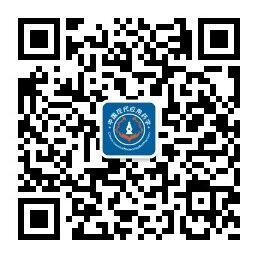| 引用本文: | 赵跃,王志旺.STAT6介导信号网络调控变应性鼻炎及中药干预作用的研究新进展[J].中国现代应用药学,2025,42(6):154-160. |
| zhao yue,Wang Zhiwang.New research progress of STAT6-mediated signal network regulating allergic rhinitis and the intervention effect of traditional Chinese medicine*[J].Chin J Mod Appl Pharm(中国现代应用药学),2025,42(6):154-160. |
|
| 摘要: |
| 变应性鼻炎(AR)是一种由免疫球蛋白E(IgE)介导、2型辅助T细胞(Th2)优势应答引起的免疫炎症性疾病。信号转导和转录激活因子6(STAT6)作为介导Th2细胞的关键转录因子,通过多种信号通路广泛参与AR鼻腔炎症反应、高反应性、黏液高分泌以及重塑等病理过程。近年来研究发现,STAT6介导白介素-4(IL-4)、白介素-13(IL-13)及GATA结合蛋白3(GATA3)等信号通路与AR有密切的关系。中药可明显降低AR的复发率而逐渐受到人们的重视,新近研究显示通过STAT6介导的信号网络降低IgE水平、缓解Th2细胞免疫炎症反应是中药治疗AR的重要作用机制。本文通过检索相关数据库,对STAT6介导上述相关信号网络调控AR以及中药干预作用进行综述,以期为AR的实验研究与新药开发提供理论基础。 |
| 关键词: 变应性鼻炎 STAT6 信号网络 中药 作用机制 |
| DOI: |
| 分类号:R284.1;R917.101 |
| 基金项目: |
|
| New research progress of STAT6-mediated signal network regulating allergic rhinitis and the intervention effect of traditional Chinese medicine* |
|
zhao yue, Wang Zhiwang
|
|
College of Pharmacy, Gansu University of Chinese Medicine
|
| Abstract: |
| Allergic rhinitis (AR) is an immune inflammatory disease primarily caused by an immune system response involving immunoglobulin E (IgE) and T helper 2 cell (Th2) dominance. As a key transcription factor mediating Th2 cells, signal transducer and activator of transcription 6 (STAT6) is widely involved in variously physiopathological processes such as immune-inflammatory response, hyperreactivity, mucus hypersecretion and nasal remodeling in the AR nasal cavity through multiple signaling networks. In recent years, it has been found that STAT6-mediated signaling pathways for example interleukin-4 (IL-4), interleukin-13 (IL-13), GATA-binding protein 3 (GATA3), suppressor of cytokine signaling 1 (SOCS1), thymic stromal lymphopoietin (TSLP), and microRNA (miRNA) have a close relationship with AR development. AR is a chronic disease with recurrent episodes, traditional Chinese medicine (TCM) has the advantages of precise efficacy and low recurrence rate, etc. Recent studies have confirmed that TCM improves the inflammatory response of AR via STAT6-mediated signaling network by lowering the IgE level, reducing the degree of eosinophilic granulocyte (EOS) infiltration, and inhibiting the proliferation of goblet cells and the expression of inflammatory factors, which provide a new choice of AR therapeutic drugs and treatment strategies. By searching relevant databases, this article reviews the studies on the above related signaling pathways regulating AR and the interventional effects of traditional Chinese medicines, with a view to providing a theoretical basis for experimental research on AR and the development of new drugs. |
| Key words: allergic rhinitis (AR) signal transducer and activator of transcription 6 (STAT6) signal network traditional Chinese medicine (TCM) mechanism |
